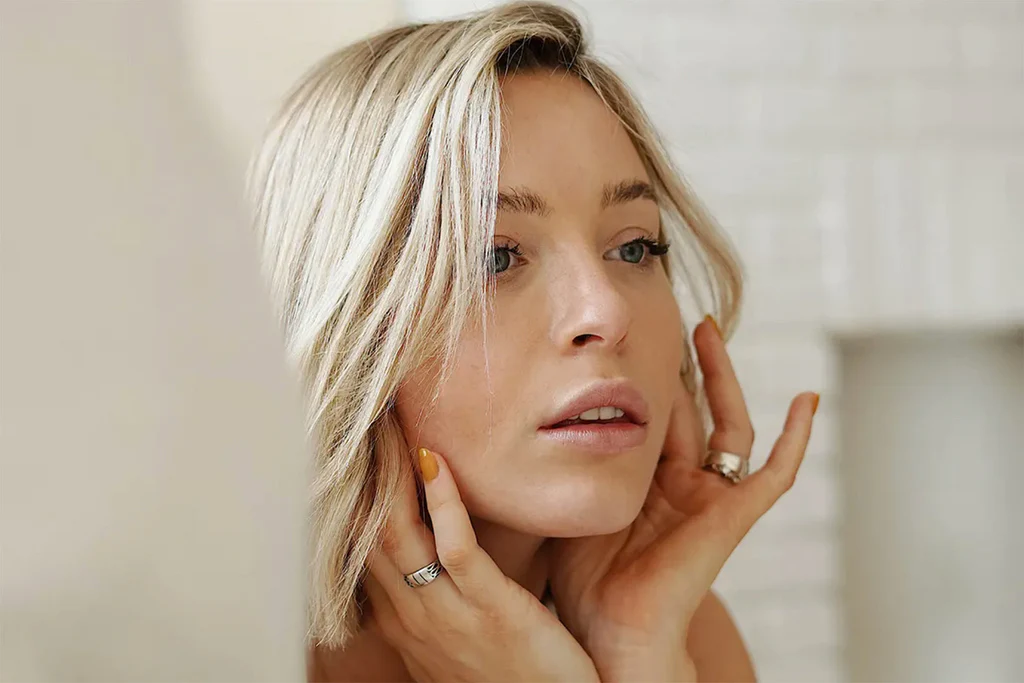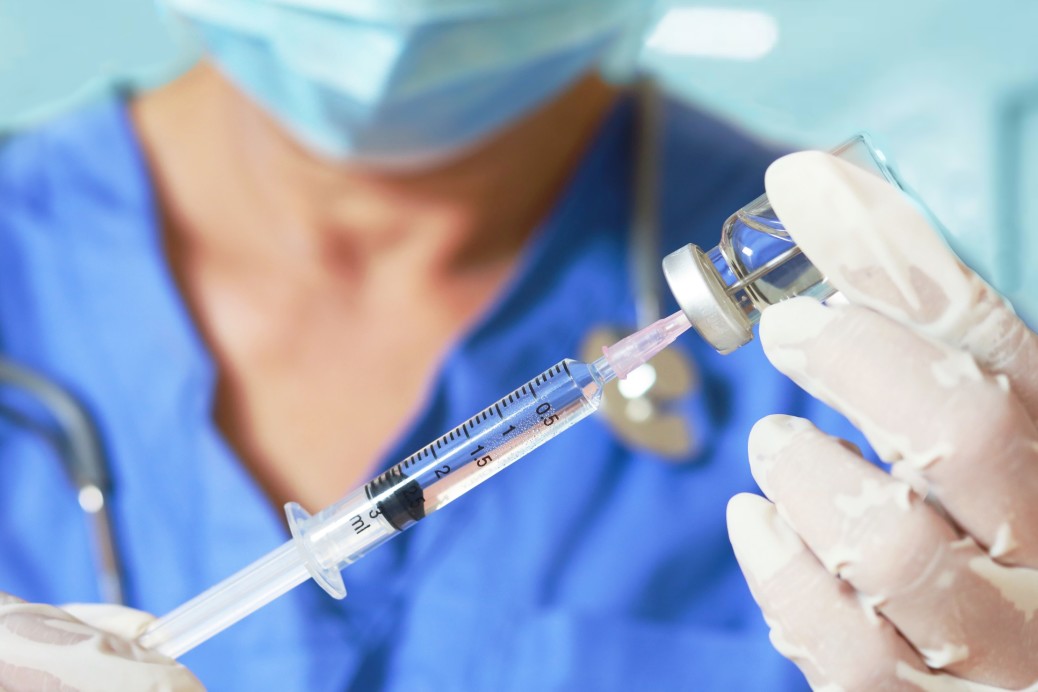
Here’s How Your Skin Will Change With Age (From 30s to 60s)
…and what you can do to keep it healthy and glowing.
As we age, our skin undergoes several changes that can affect its health and appearance. These changes include thinning, dryness, loss of elasticity, and the development of fine lines and wrinkles. While these changes are a natural part of the ageing process, they can be exacerbated by factors such as sun exposure, smoking, and poor nutrition.
30s: Fine Lines and Wrinkles
One of the most noticeable effects of ageing on the skin is the development of fine lines and wrinkles. These occur as a result of the skin’s decreased production of collagen and elastin, two proteins that are essential for maintaining skin elasticity and firmness. Fine lines and wrinkles can appear on various parts of the face, including the forehead, around the eyes, and between the eyebrows.
Botox is a popular treatment option for reducing the appearance of fine lines and wrinkles. It works by temporarily relaxing the muscles that cause wrinkles to form, such as those responsible for frowning and squinting. By relaxing these muscles, Botox can smooth out the skin, reducing the appearance of wrinkles and fine lines. The effects of Botox usually last around three to six months.
40s: Age Spots and Discolouration
Age spots and discolouration are other common signs of ageing skin. These occur when the skin produces too much melanin, the pigment that gives the skin its colour. Age spots and discolouration can be caused by sun exposure and genetics.
While Botox is not effective in treating age spots and discolouration, there are other treatment options available. For example, chemical peels and laser therapy can help reduce the appearance of age spots and discolouration by removing the outer layer of the skin and stimulating collagen production. However, Botox will help in preventing the constant folding and creasing of the skin, thus reducing those lines and wrinkles which can make us look older.
50s: Loss of Elasticity
Loss of elasticity is another common effect of ageing on the skin. This occurs as a result of the skin’s decreased production of collagen and elastin. Loss of elasticity can lead to sagging and wrinkles, especially in areas such as the face, neck, and hands.
Botox can also be effective in treating loss of elasticity, particularly in the neck and jawline. When injected into the platysma muscle in the neck, Botox can help reduce the appearance of sagging and tighten the skin. In the jawline, Botox can help define and contour the area, creating a more youthful and lifted appearance.
While Botox can be an effective treatment option for reducing the appearance of fine lines, wrinkles, and sagging skin, it is important to take steps to prevent these issues from occurring in the first place. This includes protecting the skin from sun damage, maintaining a healthy diet and lifestyle, and using skincare products that help support and improve the skin.
60s: Dryness and Thinning
As we age, our skin becomes thinner and drier. This can lead to increased sensitivity and a higher risk of irritation and infection. Dryness and thinning can also make it more difficult for the skin to heal from cuts, bruises, and other injuries.
While Botox is not typically used to treat dryness and thinning, other treatments can help. For example, moisturizers and other skincare products can help hydrate and nourish the skin, reducing dryness and preventing further damage. In some cases, dermatologists may also recommend medical treatments such as laser therapy or microneedling to stimulate collagen production and improve the texture and thickness of the skin.
If you’re thinking about Botox but are unsure of how many areas you need, then book a consultation with one of our medically qualified practitioners to learn more about your options and the best treatment plans for you and your lifestyle.




